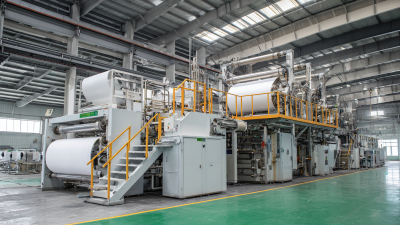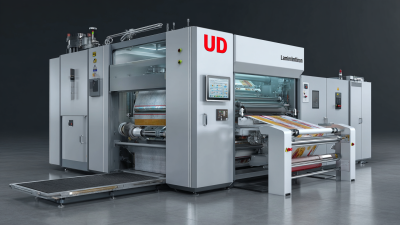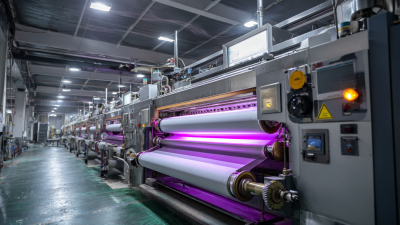
Leave Your Message

In the rapidly evolving landscape of modern production, the functionality of a Coating Lamination Machine has become increasingly vital across various industries, particularly in packaging, textiles, and electronics. According to a recent report by MarketsandMarkets, the global market for lamination machines is projected to grow from USD 1.78 billion in 2020 to USD 2.46 billion by 2025, reflecting an annual growth rate of approximately 6.6%. This surge can be attributed to the rising demand for durable and aesthetically pleasing products that enhance shelf life and performance. A Coating Lamination Machine plays a crucial role in this process by applying protective layers that improve product integrity, resistance to chemicals, and barrier properties against moisture and gases. Understanding the operational dynamics and technological advancements of these machines is essential for manufacturers aiming to remain competitive in today's market.
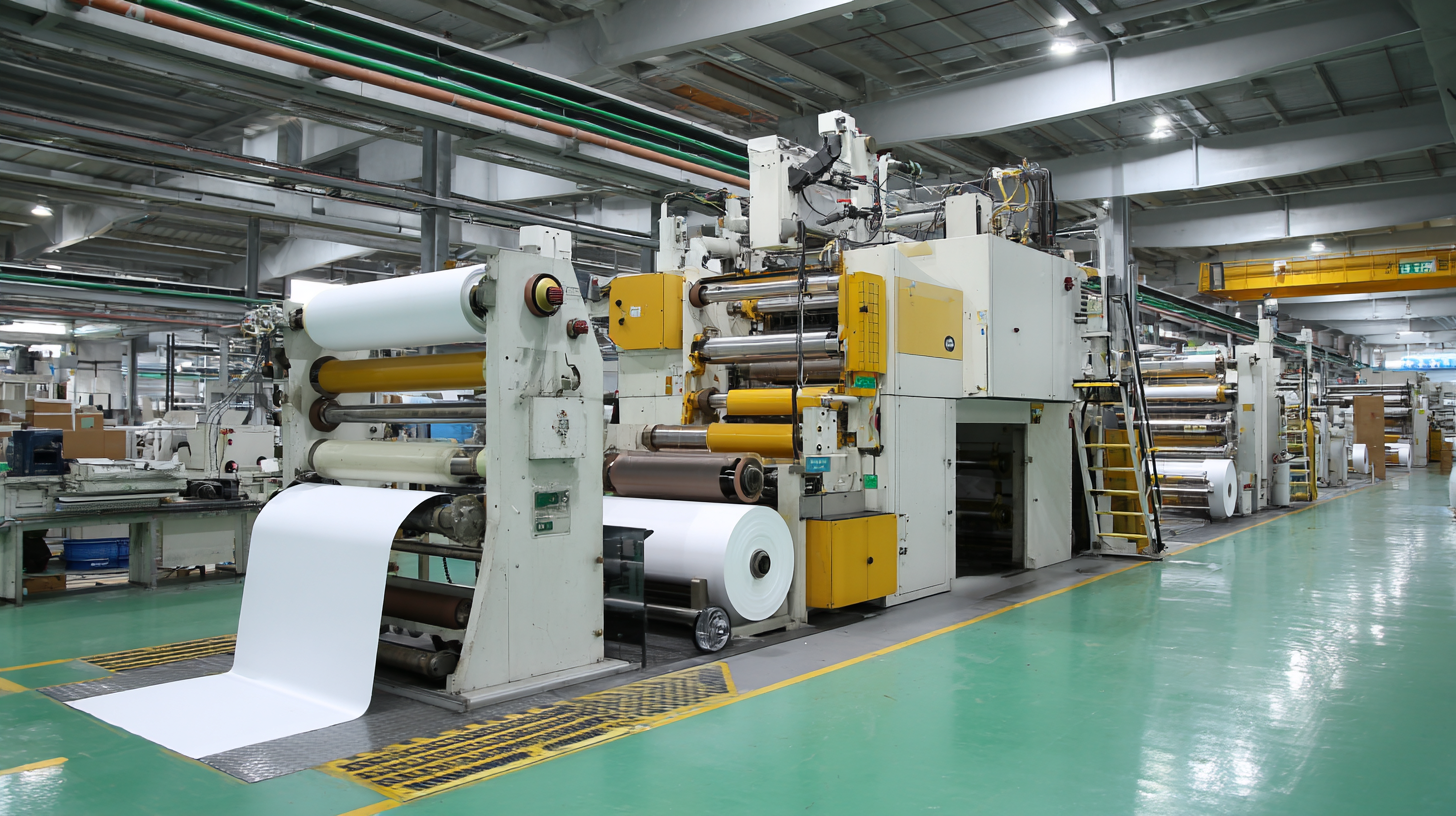
Coating lamination machines play a vital role in modern production by enhancing the durability and aesthetic appeal of various materials. These machines are designed to apply protective coatings, allowing manufacturers to improve the lifespan of their products while also achieving a polished finish. The key functionality of these machines lies in their ability to laminate a variety of substrates, including paper, plastic, and metal, which makes them essential for industries such as packaging, printing, and construction.
One of the primary benefits of coating lamination machines is their efficiency in production processes. They streamline operations by automating the coating application, which reduces labor costs and minimizes human error. Additionally, these machines can accommodate a wide range of coating materials, such as matte, glossy, or textured finishes, providing manufacturers with flexibility in their design choices. Enhanced protection against moisture, UV light, and abrasion also translates to products that are more resilient and appealing to consumers, showcasing the invaluable role of coating lamination technology in contemporary manufacturing.
| Feature | Description | Benefits |
|---|---|---|
| High-Speed Processing | Ability to handle high volumes of materials efficiently. | Increases productivity and reduces lead time. |
| Automatic Control Systems | Integrated software for monitoring and adjusting parameters. | Enhances precision and reduces human error. |
| Versatility in Materials | Compatible with various substrates like paper, plastic, and metal. | Allows for diverse applications and market adaptability. |
| Eco-Friendly Options | Utilizes water-based and biodegradable coatings. | Reduces environmental impact and meets regulations. |
| Customization Features | Ability to customize coating thickness and finish. | Enhances product appeal and meets specific customer needs. |
| Robust Safety Mechanisms | Built-in safety features to protect operators. | Reduces workplace accidents and ensures compliance. |
Coating laminating machines play a crucial role in modern manufacturing, enhancing the durability and appeal of various products. These machines come in several types, each designed for specific applications and materials. One common type is the roll-to-roll laminating machine, ideal for large-volume production of flexible materials like labels and packaging. This machine efficiently applies coatings to both sides of a substrate, ensuring a uniform finish while maintaining high-speed output.
Another widely used machine is the flatbed laminating system, suitable for rigid substrates such as paperboard and displays. This type employs a flat pressing mechanism, allowing for precise alignment and coating of thicker materials. In contrast, pouch laminators are designed for smaller-scale operations, providing an accessible solution for businesses looking to laminate individual documents and photographs. Each of these machines showcases the versatility required in today's manufacturing processes, enabling companies to choose the appropriate technology based on their specific needs and production scale.
The role of automation in coating lamination processes has become increasingly vital as industries evolve to meet growing demands for efficiency and quality. With a projected growth rate of 8.5% CAGR, the industrial laminating machine market is expected to reach $2.5 billion by 2033, highlighting the significance of automation in modern production environments. Companies are implementing automated solutions to enhance operational efficiency and reduce labor costs, which in turn improves product consistency and speeds up production cycles.
At events like Labelexpo Europe 2025, leading manufacturers are showcasing live production lines that incorporate advanced automation technologies. These innovations are not only reducing the environmental impact of production processes but also streamlining operations, making it easier to transition from concept to completion. For instance, a fully automatic film laminator model designed specifically for high-demand environments demonstrates how automation can optimize workflows, allowing companies to operate efficiently even during extended shifts. Such advancements are integral for businesses looking to stay competitive in a rapidly evolving market.
This chart illustrates the impact of automation on various stages of the coating lamination process, showcasing efficiency improvements across different parameters.
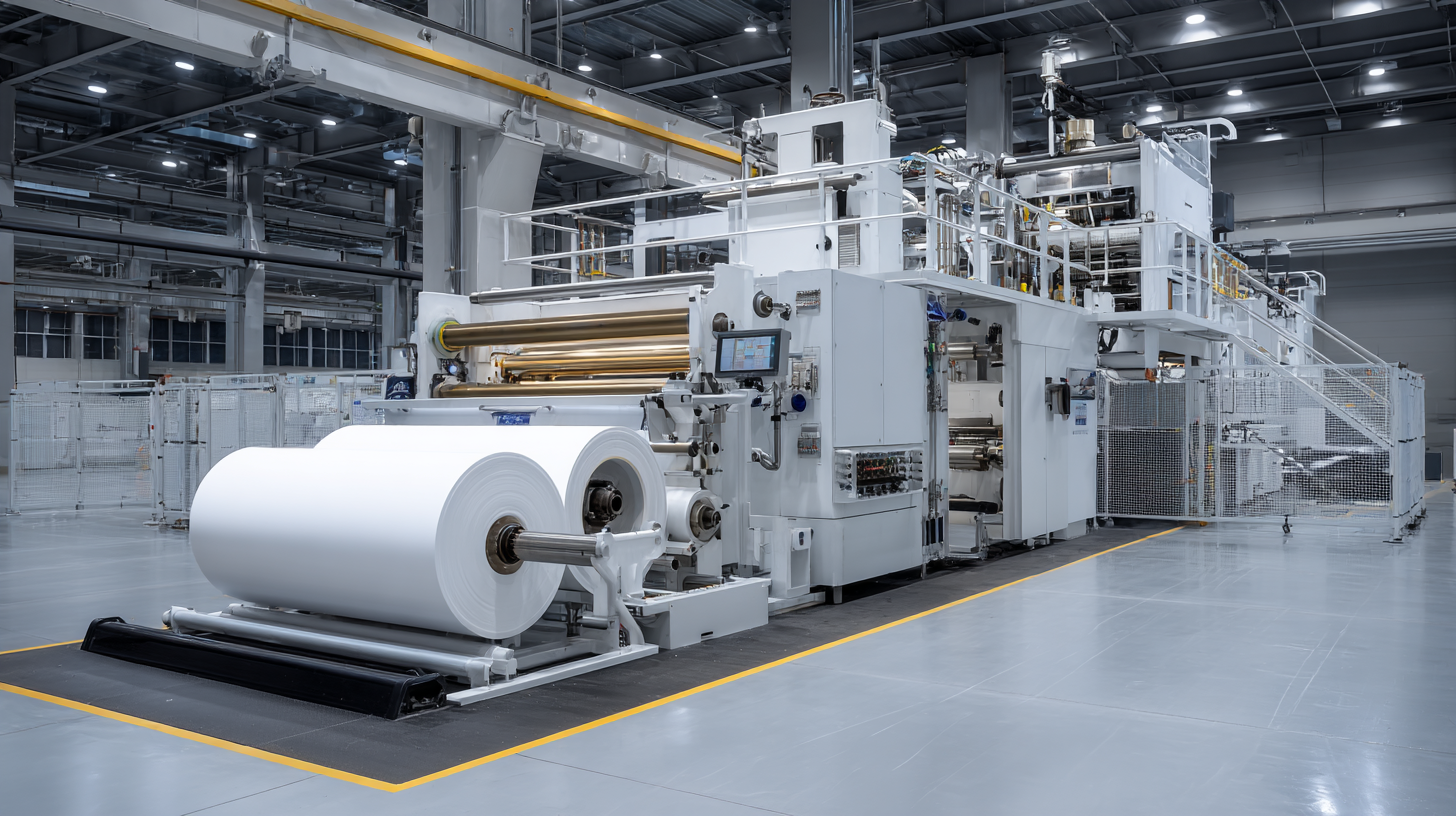 Coated laminated products play a vital role across various industries due to their enhanced durability and performance characteristics. In packaging, for instance, laminated materials provide a moisture-resistant barrier, ensuring that food items maintain freshness and quality for longer periods. This feature is particularly beneficial in the food and beverage sector, where preserving product integrity is crucial for consumer satisfaction and safety.
Additionally, the use of coated films in packaging helps to extend shelf life and reduce waste, aligning with sustainability goals.
Coated laminated products play a vital role across various industries due to their enhanced durability and performance characteristics. In packaging, for instance, laminated materials provide a moisture-resistant barrier, ensuring that food items maintain freshness and quality for longer periods. This feature is particularly beneficial in the food and beverage sector, where preserving product integrity is crucial for consumer satisfaction and safety.
Additionally, the use of coated films in packaging helps to extend shelf life and reduce waste, aligning with sustainability goals.
In the construction and manufacturing sectors, coated laminated panels are utilized for their lightweight yet sturdy nature. These materials are essential in producing high-quality surfaces for furniture, cabinetry, and interior finishes, offering both aesthetic appeal and functional benefits such as ease of cleaning and resistance to scratches. Moreover, automotive industries leverage coated laminates for creating components that require both strength and visual appeal, enhancing the overall performance and look of vehicles.
The versatility of coated laminated products thus makes them integral to innovations across multiple sectors, reflecting the profound impact of lamination technology on modern production processes.
In the realm of modern production, laminating machines play a crucial role in enhancing the durability and aesthetic appeal of products, from packaging materials to high-quality prints. To ensure these machines function optimally, regular maintenance is essential. A well-maintained laminating machine can significantly extend its lifespan, potentially doubling service periods as observed in various industry reports. For instance, a study from the Packaging Technology and Science journal noted that routine servicing can reduce unexpected downtime by up to 25%.
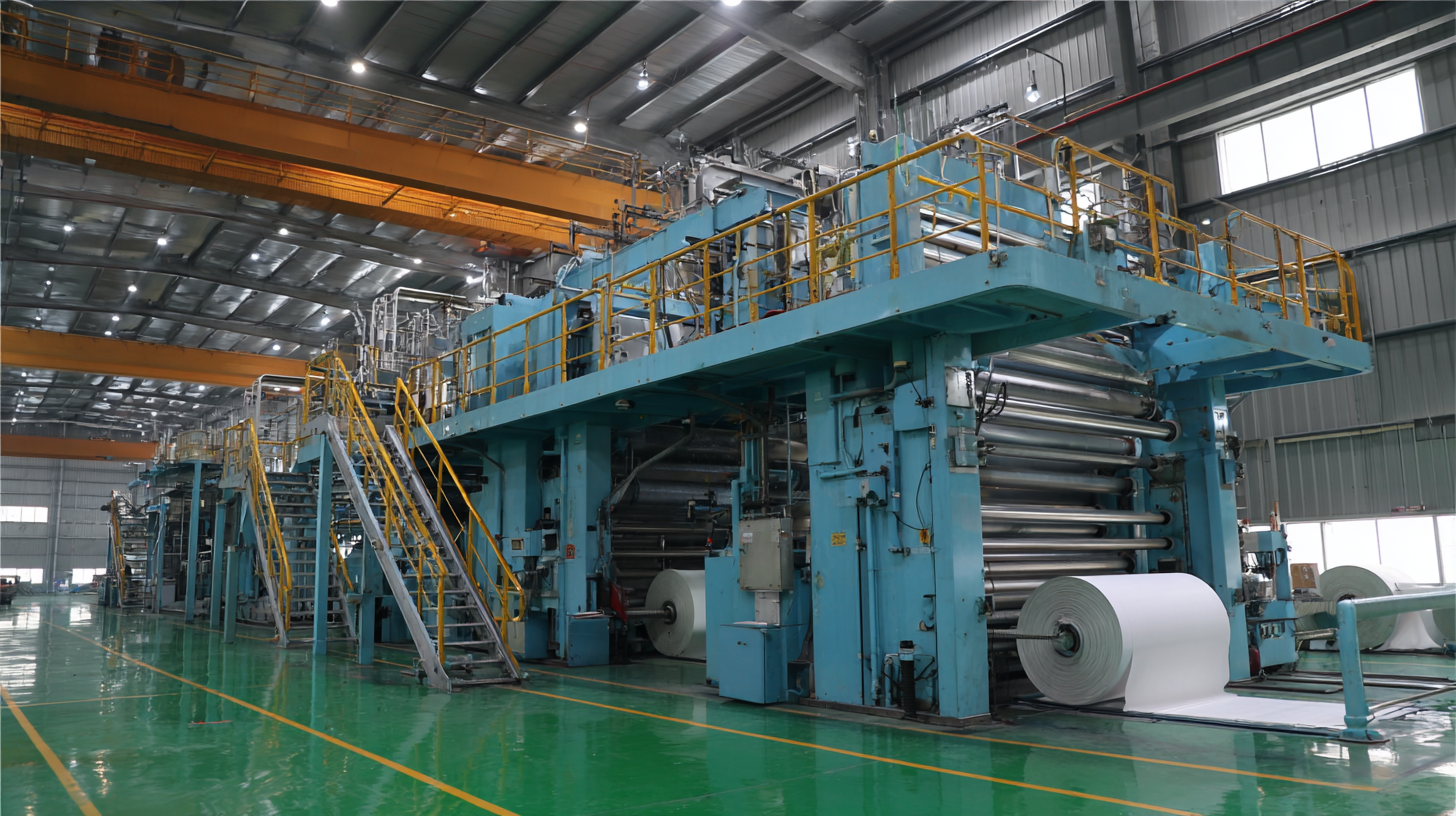
To enhance the longevity of your laminating machine, it's vital to implement regular cleaning routines. Dust and adhesive residues can build up, affecting performance and quality. Additionally, check the alignment of rollers and consider lubricating moving parts, as this can diminish wear and tear significantly. Another tip is to use appropriate film types for your machine; mismatched materials can overwhelm the machinery, leading to faults or breakdowns over time.
Finally, keeping detailed maintenance logs not only helps in tracking performance trends but also aids in scheduling preventive check-ups. According to a report by the Association for Manufacturing Technology, proactive maintenance practices can increase operational efficiency by over 20%. By incorporating these tips, businesses can ensure that their laminating machines maintain peak performance for years to come.
